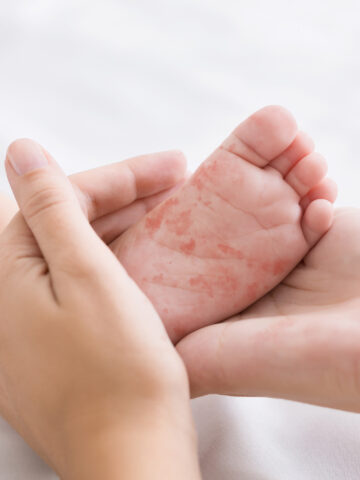Though old-fashioned hand-washing is the best way to keep hands clean and combat germs, gel hand sanitizers are a good alternative when soap and water aren’t readily available, a CHOC Children’s physician says.
“They certainly don’t take the place of proper hand-washing,” says Dr. Negar Ashouri, a CHOC infectious disease specialist. “That is still the best way to help prevent the spread of infection. But when you don’t have access to soap and water, hand sanitizers are a good alternative.”
Hand sanitizers can also supplement hand-washing, Dr. Ashouri says. The Centers for Disease Control (CDC) recommends scrubbing hands with soap and water for at least 20 seconds. However, the average person doesn’t always wash their hands long enough or effectively enough to kill germs entirely. In addition, people don’t always use enough soap, or they don’t clean the entire hand.
If you coat the whole hand with the gel, alcohol-based hand sanitizers work well to help kill germs, she says. The CDC notes that alcohol-based hand sanitizers can quickly reduce the number of microbes on hands in some situations, but sanitizers do not eliminate all types of germs.
Hand sanitizers should be alcohol-based and have a concentration of at least 60 percent alcohol to be effective. Dr. Ashouri says any brand is fine as long as it meets that level of alcohol concentration.
Also, she adds that it’s a myth that people build a resistance to gel sanitizers and that long-term use renders them ineffective.
Learn more about CHOC’s infectious disease division.





